In a world where personal style meets practicality, choosing the right spectacles is pivotal for many. With an overwhelming array of options available, identifying the best brands can simplify this essential decision. From luxury fashion houses that blend artful designs with optical technology to innovative startups focusing on sustainable practices, the choice can cater to every taste and preference. Discover the leading brands that excel in providing both style and functionality, and learn more about each of their unique offerings below.
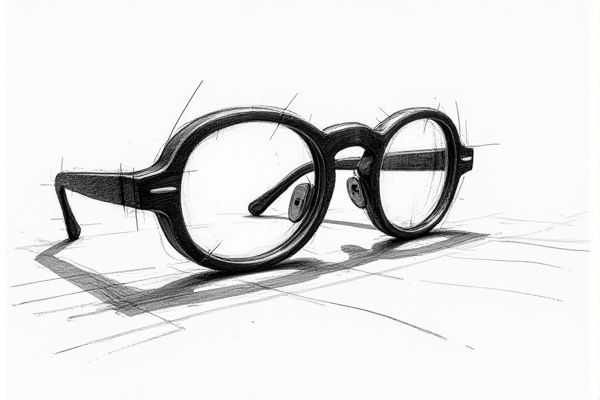
Illustration of spectacles
Best brands of spectacles in 2025
Warby Parker
Warby Parker has established itself as a significant player in the eyewear market, growing its market share from 4% in 2017 to 7.2% as of 2024, driven by its direct-to-consumer approach and affordable pricing, with an average spend per customer of slightly above $200. The company's clever and human-centric marketing strategy, leveraging digital channels and social justice initiatives, has contributed to its success. Despite the dominance of EssilorLuxottica, which holds around 39% of the market, Warby Parker has consistently outpaced the broader US eyewear industry in year-over-year growth, particularly during the post-pandemic recovery. Warby Parker's customer retention is also notable, with a strong focus on retaining existing customers while attracting new ones. The company's valuation has reflected its growth, reaching $6.8 billion shortly after going public in 2021. For more details, visit Warby Parker's website.
Ray-Ban
Ray-Ban, a pioneering brand in the luxury eyewear segment, has been a market leader for over eight decades since its inception in 1937. Known for its iconic designs such as the Aviator and Wayfarer, Ray-Ban accounts for around 12% of the global eyewear market share and generates over $1.5 billion in revenue annually. The brand's Aviator line alone contributes approximately 30% of its total sales. With a strong presence in over 130 countries, Ray-Ban caters to a wide demographic, particularly appealing to the 25-44 age group, which makes up about 45% of its customer base. Acquired by Luxottica Group in 1999 for $640 million, Ray-Ban continues to innovate and expand its market reach. For more insights into their iconic eyewear collections, visit their official website.
Oakley
Oakley is a leading brand in the eyewear industry, particularly dominant in the performance eyewear segment with an 8.5% market share as of 2023. The company, part of the Luxottica Group since 2007, has seen consistent revenue growth with a Compound Annual Growth Rate (CAGR) of 8% over the past five years. Oakley's strong presence is underscored by its popularity among athletes, with approximately 25% of its sales coming from this demographic. The brand is also known for its innovative Prizm lens technology, which accounts for around 40% of its total lens sales. With over 600 patents related to eyewear technology, Oakley solidifies its position as a pioneer in the field.
Oliver Peoples
Oliver Peoples, a heritage brand founded in 1987 in West Hollywood, is renowned for its prestigious and culturally distinctive eyewear, striving to be the most esteemed eyewear company globally. With an estimated annual revenue of $51.2 million and 204 employees, the company has maintained a strong presence in the luxury eyewear market. Oliver Peoples is part of the eyewear conglomerate EssilorLuxottica, which dominates nearly 40% of the global eyewear market. The brand is known for its superior products and service, fostering relationships with like-minded consumers without relying on logos. Its employee count has grown by 5% in recent years, reflecting its ongoing success. Discover more about their exquisite eyewear offerings on the Oliver Peoples website.
Persol
Persol, founded in 1917 by Giuseppe Ratti, is a renowned brand in the eyewear industry, celebrated for its innovative designs and comfort. The brand's name, a portmanteau of "per il sole" (for the sun), reflects its focus on functional and stylish eyewear. Persol's iconic models, such as the 649 and 714, have been favored by celebrities and athletes, including Steve McQueen and Juan Manuel Fangio. Acquired by Luxottica in 1995, Persol continues to produce high-quality eyewear, contributing to Luxottica's significant market share, with the conglomerate holding around 39% of the global eyewear market as of 2021. For more insights, you can read about Persol's impact in the eyewear industry in this comprehensive blog post.
Prada
Prada, a renowned brand under the Prada Group, is a leading producer of luxury eyewear, contributing significantly to the global luxury eyewear market valued at $24.4 billion. The brand benefits from increasing consumer disposable income and a growing awareness of eye health, with the ultra-premium segment, where Prada operates, expected to reach $11.4 billion by 2032. Prada's innovative approach, including the use of virtual try-on technology and 3D visualization, enhances the shopping experience. The brand's presence in the market is part of the broader eyewear industry, which is projected to grow at a CAGR of 6% from 2024 to 2034. Prada's commitment to quality and style makes it a preferred choice for those seeking high-end eyewear.
Tom Ford
Tom Ford is renowned as one of the premier producers of luxury spectacles, having established its brand in 2005 after Tom Ford's successful tenure at Gucci. The company has seen significant growth, with an 8% increase in employee count last year and an estimated annual revenue of $389.7 million. Tom Ford's eyewear, produced in partnership with Marcolin Group, is celebrated for its impeccable style and designer vision, contributing to the brand's exponential recognition and mainstream adoption. By 2010, Tom Ford had already featured A-list celebrities as brand ambassadors, further solidifying its position in the luxury market. With 110 freestanding stores and shop-in-shops globally, Tom Ford continues to be a major player in the fashion industry. For more information, visit their official page.
Gucci
Gucci is a leading luxury brand renowned for its high-quality spectacles, contributing significantly to the global luxury eyewear market. In 2022, Gucci generated $11.46 billion in revenue, with a substantial portion coming from its leather goods and accessories, including eyewear. The brand's eyewear lines are highly sought after, often featured as both practical accessories and fashion statements. Gucci's strong presence in the Asia-Pacific market, which accounted for 36% of its revenue in 2022, further solidifies its position in the luxury eyewear sector. With its commitment to innovation and style, Gucci continues to be a favorite among luxury consumers.
Armani Exchange
Armani Exchange, launched in 1991, is a prominent and accessible line within the Armani family, targeting a youthful audience with fun and on-trend pieces inspired by street style. This brand is designed to be more affordable, with prices ranging from PS20 to PS450, making it an entry point for those developing their style and interested in designer clothing. Armani Exchange is widely available, with over 270 stores in 31 countries, and is known for its versatile and easy-to-use designs. The brand is part of the larger Armani enterprise, which has streamlined its sub-brands to enhance clarity and focus. Armani Exchange is committed to sustainability and inclusivity, reflecting the broader Armani values. For more about their history and brand values, explore this dedicated page on their website.
Fendi
Fendi, although primarily known as a luxury fashion brand, does not specialize in the production of spectacles. However, its parent company, LVMH, and other luxury brands often collaborate with eyewear specialists. For instance, Luxottica, a leading eyewear company, holds a significant market share, with around 10% of global frame sales and 41% of the prescription lens market in 2017. To explore Fendi's brand value, visit this detailed report on brand statistics.


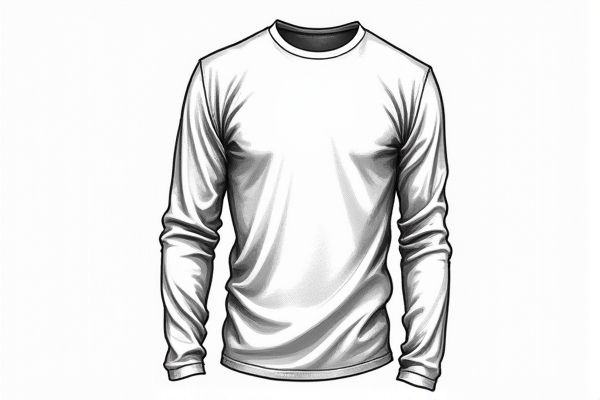

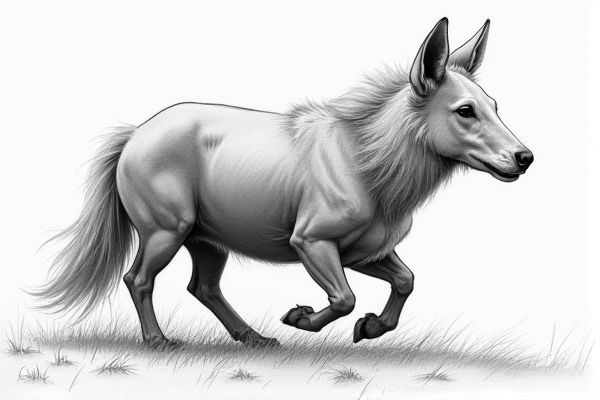
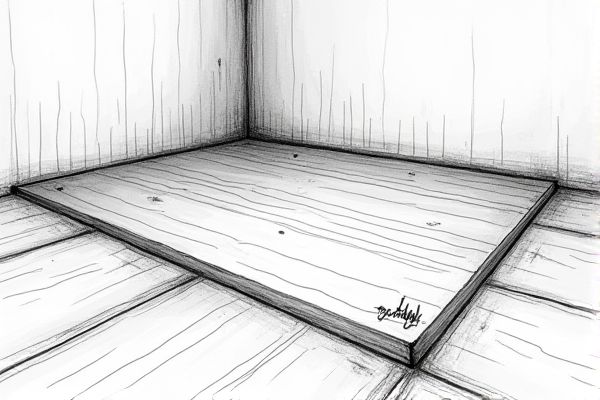




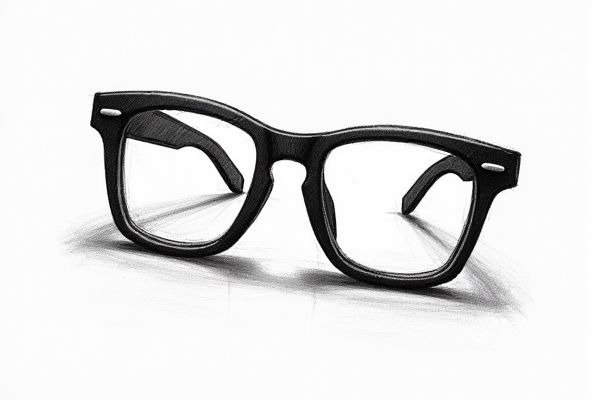
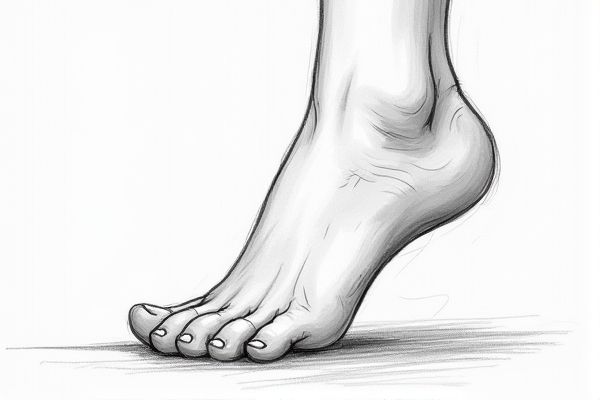
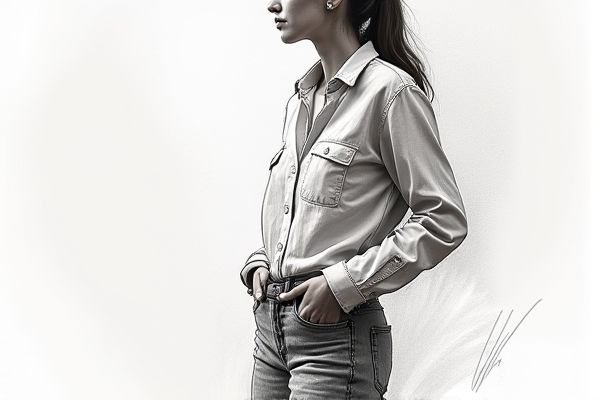
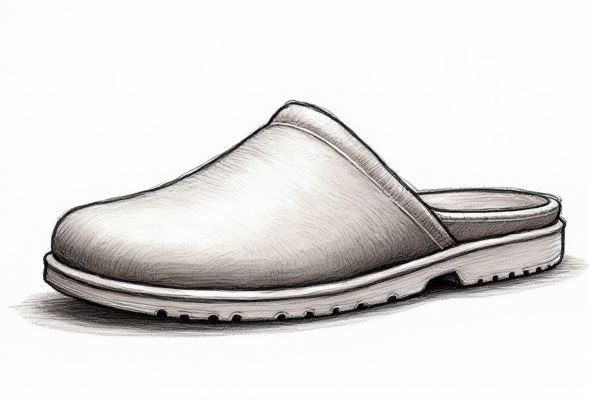
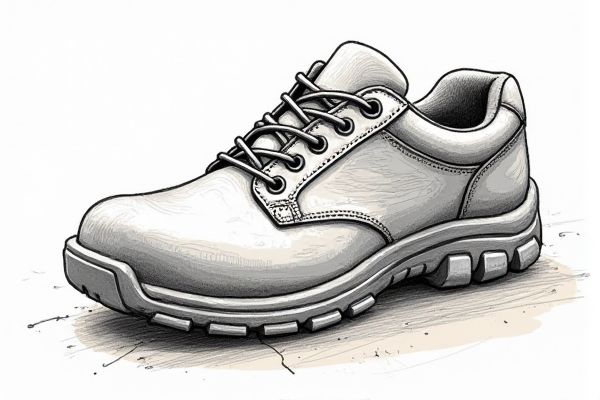
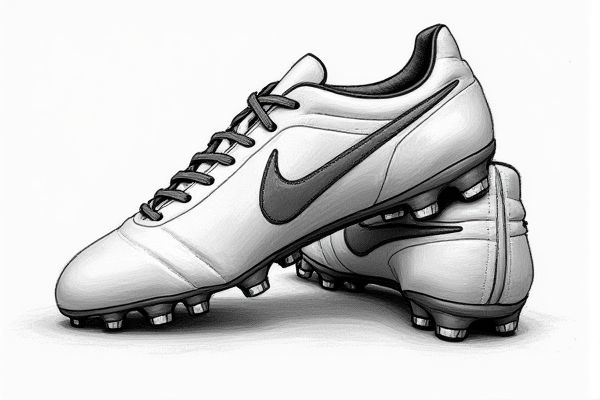
Leave a Reply
Your email address will not be published.